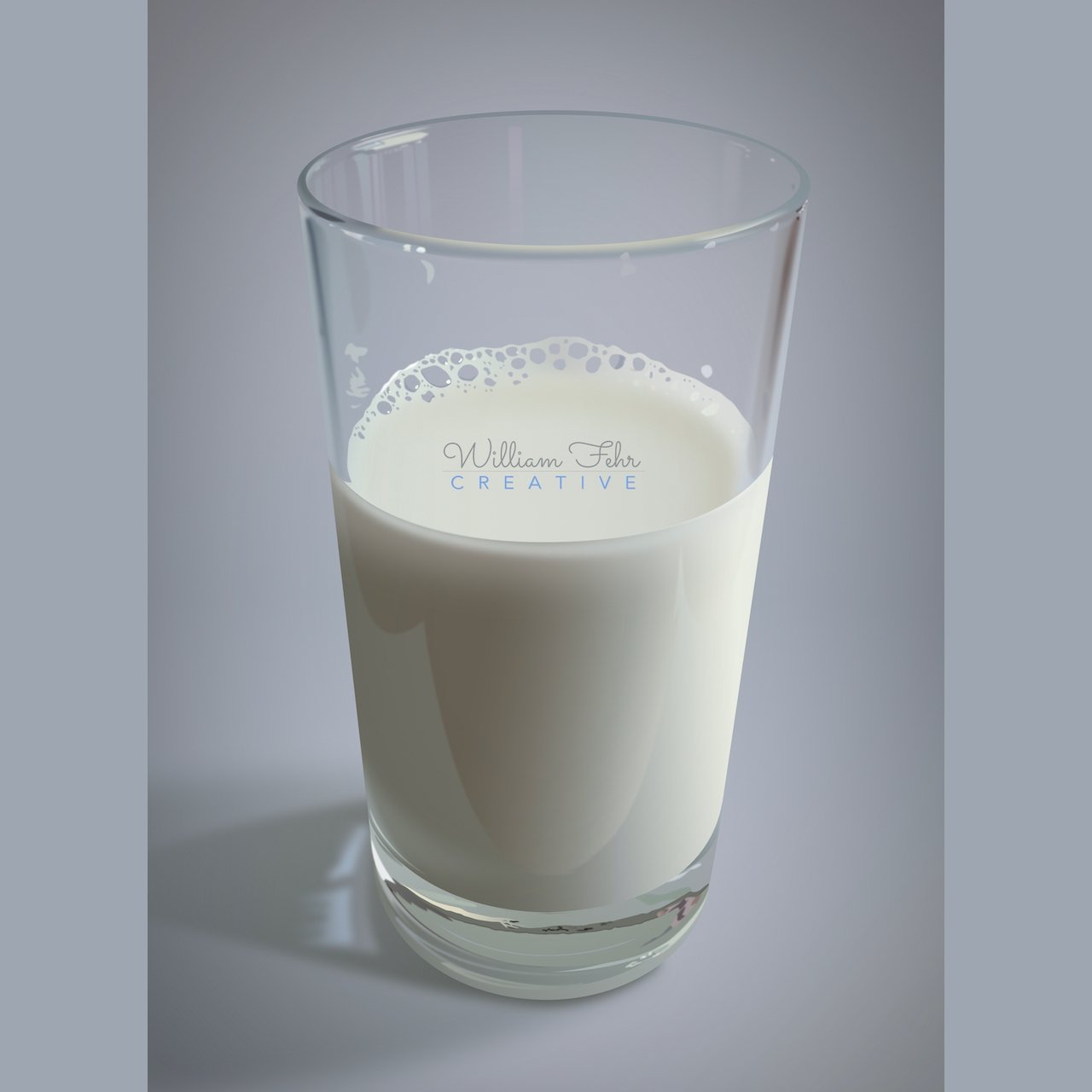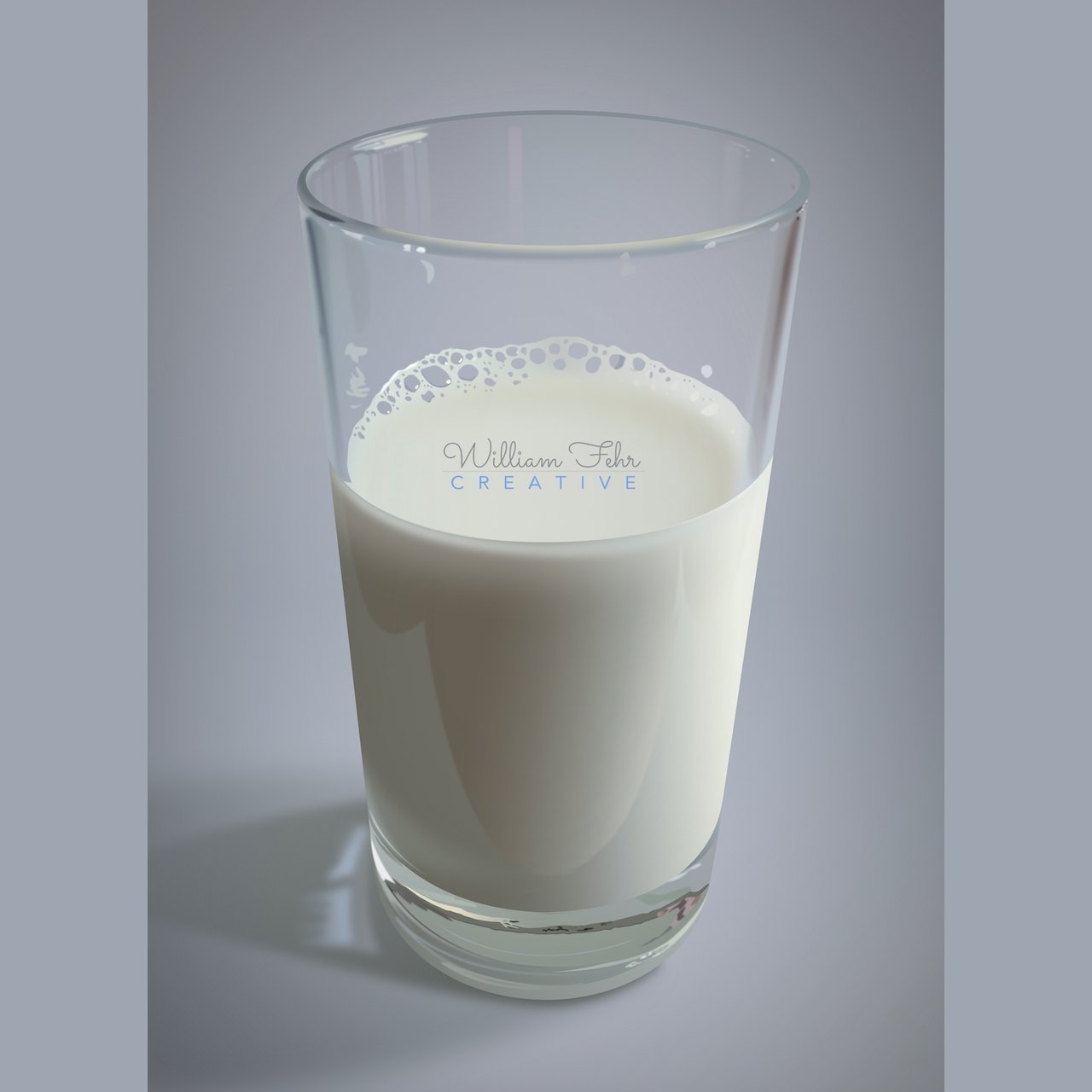-
Posts
233 -
Joined
-
Last visited
Posts posted by befehr
-
-
1 hour ago, v_kyr said:
Honestly I don't see much demand for that since there are already a bunch of such tools and solutions available (comercial and freeware).
Just to name a few of the many free available/usable tools for drawing work-flow stuff here:
- Dia
- yEd Graph Editor
- Diagram Designer
- LibreOffice Draw
- Apache OpenOffice Draw
- Google Drawings (Zeichnungen)
- Draw.io
- ... and many more ...
Yeah, there are a lot of illustration tools too, but I prefere to work in Affinity

-
After living in the hell called Visio as of late I too would love to have something in Affinity to make process/flow charts. There is free stuff out on the internet but you guys (Affinity team) could do something so much better.
-
-
When opening an Designer file in a iCloud folder on my iPad they open in Photo. Is there a way to change/set the default application.
Side note, I see similar issues with Publisher on the Mac. Changing default application there does not make a difference.
Thanks,
-
As stated in my original post I am running Big Sur.
Yes, I am still having some instability issues, thought not as bad as before. The AD is also running a bit slower than expected, though I know this is a bit subjective.
I no longer have report to offer as I assumed that I would not get a response so they were deleted. If anything new pops up I will submit them.
-
Update:
I had some other issues so I thought I'd reinstalled the OS and brought in manually my files. I reinstalled Affinity Designer, Photo, and Publisher.
Designer opens and is usable but will not close. (I have to force quit). At t his point it is not usable so....I might have to use something else until I get a reply for Serif or is gets resolved on it's own.
Anyone else having this issue?
-
Suddenly having some freezing issues on iMac, Big Sur (I have to force quit often). I am not sure it's actually Affinity as I am having some problems with Finder/indexing which led to me reinstalling the OS then recovering everything from a backup.
So, I am not getting any crash reports but I do have some Diagnostic Reports. Would that help someone at Affinity with my problem. Other suggestions?
-Thanks
-
I just recreated it, instead of spending time trying to figure out why.
I thought someone out here might have experienced this before and if so I'd report it as a bug.
Thanks folks.
-
1 hour ago, firstdefence said:
Is there more than 1 light source?
Nope, just the one shown
-
-
3 hours ago, Dazmondo77 said:
I usually copy and paste between Affinity and Illustrator which retains gradients and transparency both ways - as stated above eps is pretty much obsolete, I only find it useful for having the ability to open old stuff and re-save as PDF or Affinity formats
Yeah, I do the copy/paste dance for simple illustrations but dealing with multiple layers can be time consuming. I guess my point was, which is something I always seem to miss on my original posts, is that it is interesting that DRAW can open EPSs seemingly more reliably than Illustrator. That is about the only thing I like about Corel these days, especially since the price has really gone up.
Sadly, EPS is still required for sites stock sites that sell vector files.
-
I made a bit of a discovery today. I started an illustration in Designer with the intention of exporting to eps and finishing in Illustrator, but and got carried away and took it to far...too many gradients, transparencies, etc. Illustrator of course rasterized a bunch of elements so I decided to try opening the eps file in CorelDRAW 2020 and what do ya know, it opened without converting objects to raster, and removed any transparencies I had to solid colors which are easy to recreate.
Not that we all happen to have CorelDRAW on our machines, and I still need to prove this out to make sure it reliable, but there is a possible alternative.
-
Has anyone seen any discussion of including some kind of line erasing tool like Corel's Virtual Segment Delete tool (see attached video)? I believe that I have mentioned the need to this tool at least a year ago but I have not seen or heard any serious talk.
The more I use AD as my go-to software the more I am running into simple tools that I wish it had that would make my illustration life SO much better.
-
1 hour ago, undercovergypsy said:
Some of us bring out hand drawn art into software to clean it up. If you only draw in software you may not realize that you can fix imperfections in your work that cause critical errors on cutting machines or screens for printing. The time saved and the perfect results are worth it.
I get the importing of hand drawn art, but I’ve never had an auto trace work well enough were I didn’t spend more time fixing it than just drawing it outright over the imported image. Especially when you need to be concerned about specific colors and the number of colors.
Then again, I am a bit of a control freak and I like to keep my anchor points to a minimum. -
1 hour ago, Slammer said:
It needs an Oreo dunked... Would love to see the wirework on that.
Is the video not working for you.

-
-
I am unclear why so many folk want auto trace. Is this a time constraint thing or just not having the talent to draw things themselves. I don’t mean to be demeaning here, I have just never had the need, or have been in the position, to trace something.
-
-
This was an easy solution/fix, once I figured out what was happening. It seems that this only happens when copy/pasting something off of the page/artboard. (I often work off of the artboard then move into place). I falsely assumed that the copy/paste behaviors were the same on the artboard as off.
-
8 hours ago, firstdefence said:
Copy/Paste behaves as paste in place for me, I use v1.8.4 and I’m on Mac.
Interesting.
Thanks for the info. -
When doing a copy/paste (menu or keyboard) the pasted object is not pasting in the same place as the copied object, as it did previously. I know that in other programs you can specify where the paste occurs (middle of page, x,y coordinates, etc). Does designer have a method of specifying where the pasted object occurs?
I assuming I could use the duplicate function...but I'd rather have the option of copy/paste in the same place and Duplicate for other locations.
-
5 hours ago, Ahmad Wali said:
Hello Guys
This post is quite old, my printing company is asking to send ai or cdr format. What is the solution to this problem because I purchased Affinity Designer and photo to get rid of Adobe. I have also noticed the CMYK PDF format ruins all the color profiles. Even the black color becomes light version of grey for print.
Is there any solution?
Welcome to the pains of Affinity. Ask if they’ll take a PDF file. Otherwise maybe you can download a trial of AI or CDR and see if you can make something usable.
As far as the colors go, sound like you are working in RGB and outputting to CMYK. So, to work in CMYK go to Document Setup > Color tab and change to CMYK in the drop down list. Then, to check you colors before outputting, turn on Soft Proofing by going to the main menu at the top of the application then Layer > New Adjustment > Soft proof. This will create a new adjustment layer. You want to move this to the top of the stack then adjust your colors accordingly. You can turn off/on this layer To see color changes.
All of this is in the Help section of Affinity Designer.
Good luck. Hope this helps
-
-
Sorry if this has been discussed before. As a "traditional" technical illustrator, i.e. I learned on a drawing board, I am confused about how the isometric tools are supposed to work. I understand the basics but am confused with the results. I am using a 15° x 15° dimetric here.
Traditional illustration states that with an ON AXIS ellipse the minor axis should be at a 15° angle (parallel with the drawing plane) with the major axis perpendicular to the minor axis. When I use the isometric tool this does not happen. (see the attachment please). There is some skewing or somewhat perspective type of adjustments being made here that is not making sense to me.
Perhaps there is someone out there with a similar background as myself that could please explain to me the expectation of this tool?
Note: In the attached example the image on the right started as a 2D image, I then used the Fit to plane command to create the final position.










Slow startup (all Affinity apps)
in Pre-V2 Archive of Affinity on Desktop Questions (macOS and Windows)
Posted
I’ve migrated back to Inkscape (if you can believe it), and Illustrator (I get it free because I submit images to Adobe Stock), but now with the Pantone craziness…and I used to be a big Corel nerd but they’re bat sh!t crazy costs and typical unstableness is a big NOPE… I don’t know where to go from here.